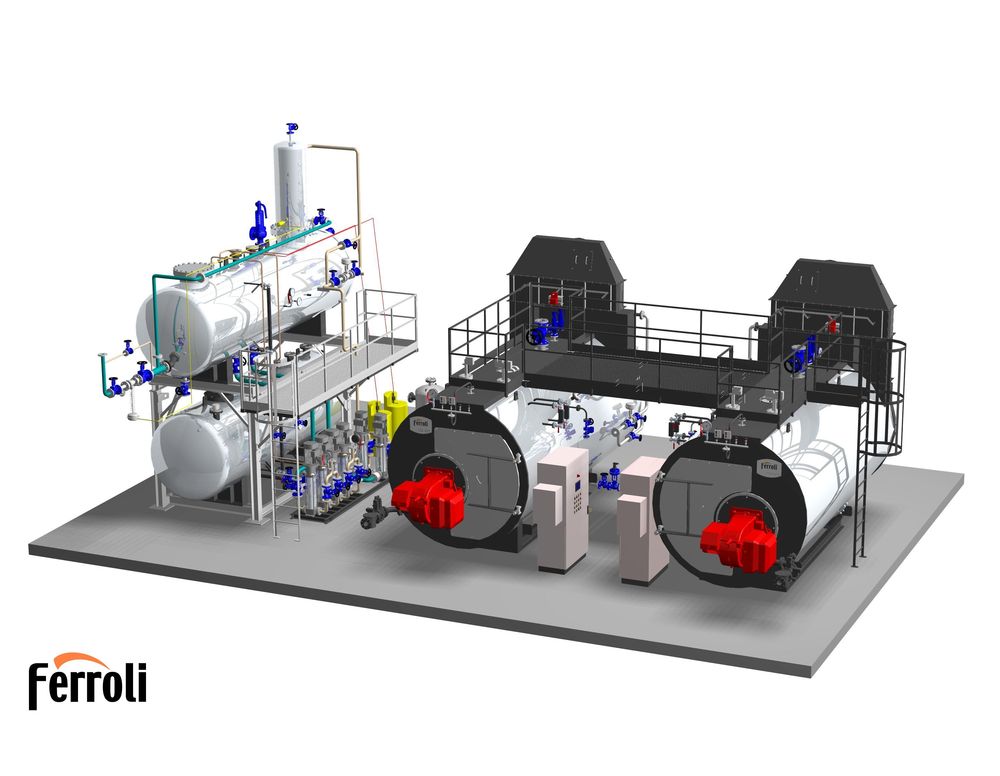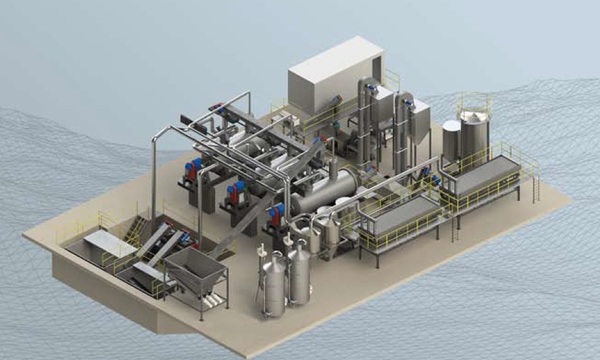Heat exchange systems are becoming increasingly popular among homeowners as they provide numerous benefits. It works by transferring heat from one source to another and is an efficient and cost-effective way of heating a home. From reducing energy costs to better air quality, you’ll surely learn something new about the advantages of using a heat exchange system for home.
Heat Exchange System can Save Money On Heating Costs
Heat exchange system is one of the most energy-efficient home heating systems available. These systems help to reduce the amount of energy used for heating by capturing heat from the air in your home and transferring it to other parts of the building. The energy costs associated with traditional heating systems can be significantly reduced.
It utilises the heat generated by various appliances or from the sun to heat a fluid, like water or oil. This fluid is then circulated throughout the home, helping to warm rooms. As the fluid passes through each room, it is cooled and collected before it is recycled into the system.
 This process results in less energy being used to heat the home, which saves money on heating costs. Heat exchange systems can save as much as 20% of total energy costs associated with traditional heating systems, making them one of the most cost-effective solutions for heating a home.
This process results in less energy being used to heat the home, which saves money on heating costs. Heat exchange systems can save as much as 20% of total energy costs associated with traditional heating systems, making them one of the most cost-effective solutions for heating a home.
Mechanical Ventilation And Heat Recovery Can Improve Indoor Air Quality
One of the most significant benefits of using mechanical ventilation and heat recovery in your home is that it can help improve indoor air quality. This is achieved through the mechanical ventilation and heat recovery (MVHR) process. It takes fresh air from outside and exchanges it with stale air inside the home. During this process, heat from the exhaust air is recovered and used to warm the incoming fresh air. It helps maintain a healthy and comfortable environment while reducing energy costs.
The systems are incredibly efficient and can recover up to 95% of the heat that would otherwise be lost in conventional ventilation systems. It means you’ll save money on heating costs while improving air quality in your home. Additionally, by controlling the humidity levels, you can reduce dust mites or mould spores, further helping to make the indoor environment healthier and more pleasant.
Passive House Ventilation Systems Reduce Humidity Levels
Humidity levels can affect your family’s comfort and health, so keeping them within an optimal range is essential. A passive house ventilation system can help reduce humidity levels in your home by transferring heat and moisture from stale, humid air to fresh air entering the home. It helps maintain a healthy level of humidity and reduces mould growth. In addition, the system helps minimize condensation on windows, walls and other surfaces, further preventing mould growth.
Heat exchangers are especially effective in this regard, as they can be set up to maintain a steady temperature that helps keep humidity levels in check. Reducing humidity levels in your home will make it healthier and more comfortable for you and your family.
Home Heat Recovery Prevent Allergies And Asthma
A home heat recovery is a great way to reduce allergens and improve indoor air quality. The system works by taking the stale air from inside your home and transferring it outside. This process helps remove airborne allergens such as dust mites, pollen, pet dander, and other irritants that can trigger allergies and asthma symptoms. In addition, it reduces the levels of humidity in the air, which can also help mitigate allergy-related problems. Using an exchange system can significantly reduce your allergy and asthma symptoms, providing you with a healthier environment.
Additionally, this system can circulate fresh air throughout the home, helping to minimize odours caused by cooking or pets. It’s even possible to use a heat exchanger system to filter out pollutants like carbon monoxide or nitrogen dioxide that might enter through open windows or doors. With this improved air quality, you’ll enjoy fresh, healthy air indoors year-round!
Passive House Heat Exchanger Help The Environment
Using a passive house heat exchange in your home is a great way to help the environment. Heat exchangers are designed to transfer heat from one space to another, reducing the energy used for heating and cooling. Using less energy means fewer fossil fuels are burned, leading to a reduced carbon footprint and less pollution. Additionally, by using a mechanical ventilation and heat recovery system, you can reduce the amount of energy used for cooling and improve indoor air quality.
It is especially beneficial if you live in an area with high levels of air pollution. Heat exchangers also help keep your home comfortable, which means you will use less energy to heat or cool your home. Ultimately, using a passive heat exchange system in your home is a great way to save energy, reduce pollution, and help the environment.
Heat Exchanger Vent Is Easy To Install
A heat exchanger vent is an excellent option if you’re looking for an energy-efficient and cost-effective way to heat your home. Heat exchangers are designed to take the warm air from your home and transfer it to another area where it can be used for heating or cooling purposes. The best part about a heat exchanger vent is that it’s straightforward to install.
Most heat exchangers are designed to fit into existing ductwork, so all you have to do is connect the ductwork to the heat exchanger. If you don’t have existing ductwork, you can purchase a model with built-in ductwork. Once you’ve installed the heat exchanger, you have to turn it on and enjoy the benefits of having an energy-efficient heating solution in your home.
Heat exchangers are also easy to maintain. All you have to do is ensure they are kept clean and free of dust and dirt. If you notice any wear and tear, getting the exchanger serviced as soon as possible is essential. It will help ensure that your heat exchanger continues providing efficient heating for years.
The House Heat Exchanger Is Maintenance-Free
The best part about using a house heat exchanger is straightforward to maintain. The only maintenance you need to do is replace the filters and clean out the system every once in a while. It is an effortless task that anyone can do and doesn’t require specialized knowledge. Furthermore, since most heat exchangers are designed with a life expectancy of years, you won’t have to worry about replacing the entire unit anytime soon.
It is excellent news for those who want to save money on energy bills since a properly maintained heat exchanger can last for decades with little to no maintenance required. And because the system is so efficient, you’ll also be helping the environment by reducing your carbon footprint. A heat exchanger is one of the best investments you can make in terms of energy efficiency and low maintenance costs.
Conclusion
Heat exchange systems are an excellent choice for homeowners who want to save money on heating costs, improve indoor air quality, reduce humidity levels, prevent allergies and asthma, help the environment, and have a maintenance-free solution. These systems are easy to install and provide long-term comfort and energy savings. With their many benefits, heat exchange systems are a great way to improve your home’s energy efficiency and ensure a healthier living environment.
Related Websites:
Articles on Blogshunt
Articles on tbablogs
Articles on Blogspeoples
Articles on Thebigblogtheory
Articles on Allcityforums
